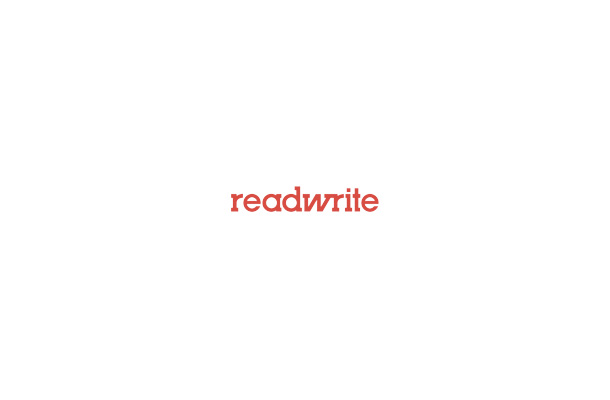Google is discharging another tool compartment that will make associating Internet of Things (IoT) equipment as straightforward as composing an Android application.
The inquiry firm is exhibiting Android Things by means of a designer review. The new tool stash will permit IoT gadgets to push updates or interface with cloud administrations.
In particular, Android Things uses such customary designer devices as Android Studio and the official programming improvement unit. Also, it takes advantage of Google Cloud Platform and Google Play Services for more alternatives.
Furthermore, in the months ahead future variants will have the capacity to download refreshes and also tap into Google's Weave.
"This is apparently intended for organizations building custom equipment, yet you needn't bother with expert designing abilities to begin," as per Engadget. "Android Things as of now works with Intel's Edison, Raspberry Pi 3 and NXP's Pico, so you can prepare a Google-controlled device with negligible exertion."
Furthermore, to facilitate the rollout, Google is likewise enhancing its specially appointed Weave organizing itself.
To improve Weave, some equipment like indoor regulators and light switches will have the capacity to get to another gadget engineer unit. Too, Weave gadgets can take advantage of different administrations like Google Assistant.
Weave the Nest together
Later on, Google means to blend its own rendition of Weave with Nest's form. Too, it will offer instruments to help the production of portable applications.
This whirlwind of action is proof that Google is increasing its diversion to rival different players like Microsoft, who are additionally building up their own IoT stages.
Not long ago, Google opened up its IoT convention for its Nest frameworks, as rivalry with Amazon for shrewd home piece of the overall industry warms up.
Google propelled its first open-source attack for Nest's Thread convention, which makes ready for better network between IoT gadgets from various makers and among gadgets and the cloud.
Google was following the lead of Amazon, which recently opened up Echo's remote helper Alexa to work flawlessly with other IoT gadgets.
The inquiry firm is exhibiting Android Things by means of a designer review. The new tool stash will permit IoT gadgets to push updates or interface with cloud administrations.
In particular, Android Things uses such customary designer devices as Android Studio and the official programming improvement unit. Also, it takes advantage of Google Cloud Platform and Google Play Services for more alternatives.
Furthermore, in the months ahead future variants will have the capacity to download refreshes and also tap into Google's Weave.
"This is apparently intended for organizations building custom equipment, yet you needn't bother with expert designing abilities to begin," as per Engadget. "Android Things as of now works with Intel's Edison, Raspberry Pi 3 and NXP's Pico, so you can prepare a Google-controlled device with negligible exertion."
Furthermore, to facilitate the rollout, Google is likewise enhancing its specially appointed Weave organizing itself.
To improve Weave, some equipment like indoor regulators and light switches will have the capacity to get to another gadget engineer unit. Too, Weave gadgets can take advantage of different administrations like Google Assistant.
Weave the Nest together
Later on, Google means to blend its own rendition of Weave with Nest's form. Too, it will offer instruments to help the production of portable applications.
This whirlwind of action is proof that Google is increasing its diversion to rival different players like Microsoft, who are additionally building up their own IoT stages.
Not long ago, Google opened up its IoT convention for its Nest frameworks, as rivalry with Amazon for shrewd home piece of the overall industry warms up.
Google propelled its first open-source attack for Nest's Thread convention, which makes ready for better network between IoT gadgets from various makers and among gadgets and the cloud.
Google was following the lead of Amazon, which recently opened up Echo's remote helper Alexa to work flawlessly with other IoT gadgets.

Comments
Post a Comment